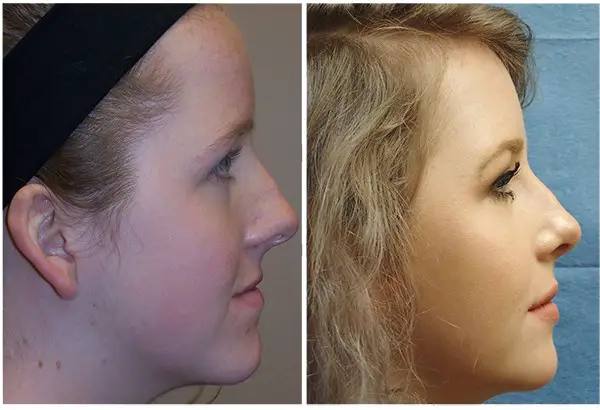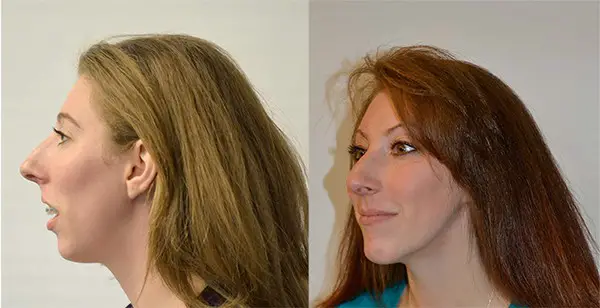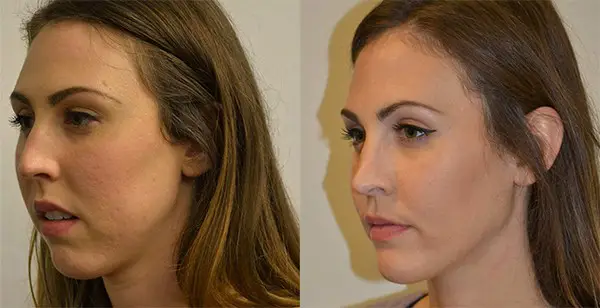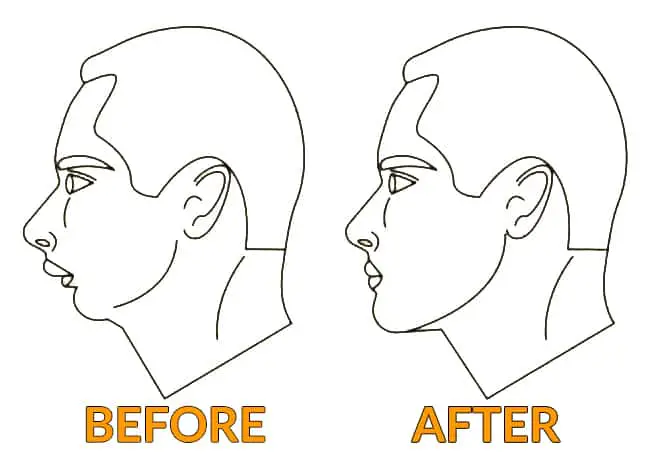
The jaw is one of the more important parts of the face. It can determine how balanced your face is and how attractive you look. Unfortunately, not all people are born with a stellar jaw. Thus, jaw surgery is slowly becoming an option for purely cosmetic purposes.
Jaw surgery can improve facial appearance. If the facial aesthetics problem lies mostly in the jaws themselves, then jaw surgery will be very beneficial to the patient. If not, jaw surgery may not achieve the desired results.
The way we look is an important aspect of who we are. As social beings, we go through our life with aesthetics in mind most of the time. Sure, it may not be the most important thing when you think about it, but it can seriously affect the quality of life. If you are uncomfortable with your appearance, you may not have the self-esteem to try new things or meet new people. It could even hamper your job prospects.
The emergence of cosmetic procedures does not just fill a need for a handful of people. It’s become very popular because there is a rising demand to be attractive in today’s society. In the context of the jaw, these ideas apply as well. You’ll notice that people with weak jaws look considerably less attractive than those with strong jaws. Or maybe you’ll notice that people without a prominent jawline could look fat or soft. In many cases, the jaw determines much of our face shape.
What Are the Different Types of Jaw Surgery?
Due to the nature of jaw problems, there’s no one way to do jaw surgery. Some kinds of jaw surgery are less risky than others and some are less invasive. All of them take care of the core issue, which is what makes them effective procedures.
Maxillary Osteotomy (LeFort Surgery)

Another term for a maxillary osteotomy is upper jaw surgery. The surgery has been around for close to five decades. It’s gone through many changes and improvements in that time (Greenberg, 2002). This surgery helps with the proper placement and proportion of the maxilla. Upper jaw surgery is best for people who have problems with their bites. For example, people who have a recessed upper jaw or have a severely protruding upper jaw.
The surgeon will make an incision in the upper portion of the teeth. From there, they will cut through and rearrange the bone depending on the problem. The surgeon could move the bone forward or push it back a little bit. Then there will be screws to secure the position of the bone. The surgeon closes the incision, and then the patient moves on to recovery.
Mandibular Osteotomy

Next, we have surgery for the lower jaw. Like surgery for the upper jaw, a mandibular osteotomy works best for people who have a receding or protruding lower jaw. If your problem is with your jaw’s placement or if you have an overbite or underbite, then this surgery might be the one for you. One of the most common applications of lower jaw surgery is to help with an underbite.
Like with upper jaw surgery, the surgeon will attempt to move the lower jaw forward. The incision will still be in the gums, most likely near the molars. There will also be screws in place once the surgeon has moved the bone to prevent future movement.
In the photo above, the young man had surgery to help with the excessive protrusion of his lower jaw.
Bimaxillary Orthognathic Surgery

This kind of surgery is pretty much similar to the first two and is also known as double jaw surgery or maxillomandibular advancement surgery (MMA). The only difference is that it is a mixture of both procedures. Generally, the patient will receive a similar treatment of moving the jaw bone forward or backward. Double jaw surgery is best for people who have jaw problems that a surgeon can only resolve through a multi-level approach.
Take note that because of the longer operation time and the general complexity of the procedure, there are many more complications associated with it than the first two (Kantar et al., 2019). If you have options that other than double jaw surgery, they should be your first choice.
Arthroplasty
Arthroplasty is a jaw surgery that is more of a comfort surgery than it is a cosmetic one. The surgery alleviates the pain and discomfort that comes with TMJ (Temporomandibular Joint Disorder). It is an invasive method of taking care of TMJ. The surgeon will insert a small camera on an incision made near the ear. Then they will take out any scar tissue that is disrupting the joint and causing pain.
Arthrocentesis
This surgery is a less invasive way to deal with TMJ. The surgeon will flush out the cause of the discomfort in the joint using a certain liquid. It does not require the degree of operation that’s usually present in an arthroplasty.
Genioplasty
Genioplasty is technically a chin procedure. But it also has applications that can help with lower jaw problems. Sometimes, a genioplasty and a lower jaw surgery go together in the same operation. Similar to the procedures above, the incision will be in the gums. The surgeon will then select an area of the chin to move around.
Will Jaw Surgery Make Me Look Better?
So now you have an idea of the different types of jaw surgery and what they do.
Whether or not jaw surgery will make you look better depends on the problem you have. Jaw surgeries have come about to deal with certain deformities and facial abnormalities. In some cases, jaw surgeries are for alleviating discomfort, such as in TMJ. If the reason you find your face unattractive is that you have a terrible bite, then jaw surgery may work for you. In general, double jaw surgery will make most people look much better, as it increases forward growth.
Jaw surgery can only make you look better if jaw surgery can directly tackle your problem. If not, then you are better off looking elsewhere. Jaw surgery is not a panacea to your facial appearance problems. If you want a better-looking jaw, jaw surgery is not always the answer. Jaw surgeries work best with bite problems. If those are the reason for your facial appearance woes, then jaw surgery may be for you. But otherwise, take caution. It is a major surgery that has a lot of risks and needs serious consideration.
While there are people who do jaw surgery for aesthetic reasons and it works for them, those may not apply to you. The best choice would be to go and check with your surgeon to see if jaw surgery is feasible for you.

Risks That Come With Jaw Surgery
To give you more perspective on jaw surgeries, here are some complications that could arise:
Infection
Like all other invasive and surgical procedures, jaw surgery also has the risk of infection. Make sure that you follow after-care protocol and that you receive care from a board-certified physician who specializes in your surgery.
TMJ
Jaw surgeries could also worsen your TMJ symptoms if you have any. Yes, the purpose of a few jaw surgeries is to help with TMJ. But for the surgeries that don’t expressly do so, there’s always the risk of making TMJ worse.
Botched Operation
Not all surgeries are perfect. In most cases, you are taking a leap of faith by trusting your surgeon. Your jaw surgery could result in a botched appearance, or you may not like the results. If you don’t, you may want a second procedure, increasing your risk. Make sure that the surgeon who will operate on your jaw is board-certified, has an excellent reputation and shows you many before/after photos.

